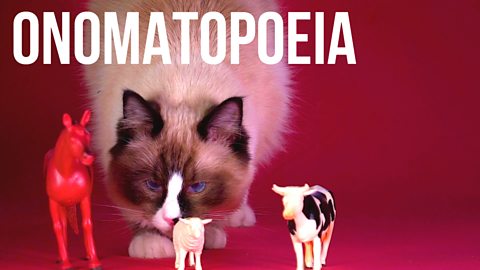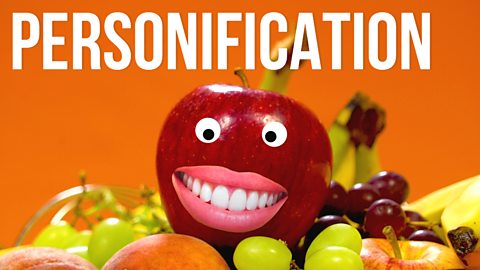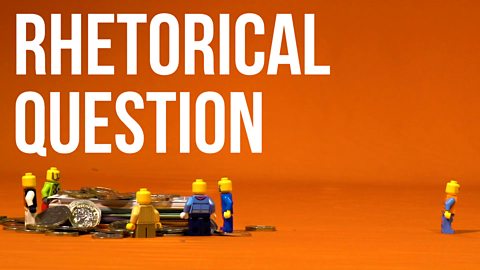Alliteration is a series of words beginning with the same letter or sound.
This technique should be familiar to you as you will have studied it at 3rd level. Use this guide to revise and check your understanding.
What is alliteration? How and why would you use it?
Alliteration is when words start with the same letter and, more importantly, the same sound. It can be used to create a mood or for emphasis.
Creating a mood
Alliteration can build a mood or set the scene depending on the letters that are used:
- The gentle 'w' sounds in "whispering wind" create a soft and airy mood.
- The harsh 'r' sounds in "raging river rapids" help the reader to imagine the brute force of the water.
In Edwin Morgan's poem In the Snack-bar, the speaker helps a blind man go to a public bathroom. It starts: 'A cup capsizes along the formica, / slithering with a dull clatter.'
The repetition of the hard 'c' sound in 'cup', 'capsizes' and 'clatter' mimics the jarring sound of a cup rattling across a table. This helps the reader imagine what it would feel like for a blind person, who relies more on their hearing, to be in a loud caf├ę.
Emphasis
Alliteration can also be used to capture the reader's attention and reinforce a point.
- 'The bass notes boomed into his very bones.' In this example, the repetition of the letter 'b' reflects the sound of the bass and emphasises the volume of the music.
- In Liz Lochhead's poem My Rival's House, the speaker visits her new partner's mother for the rest time. She is served tea with "silver sugar tongs and silver salver". The repetition of the letter S sounds like the hiss of a snake which suggests that the mother is threatening and not to be trusted.
- Alliteration is used in the title of F. Scott FitzgeraldÔÇÖs novel The Great Gatsby. The repetition of the 'g' sound in 'great' and 'Gatsby' makes the title more memorable and emphasises how important and ÔÇśgreatÔÇÖ the character is.
- Lots of fictional characters also have alliterative names to make them stand out and more memorable: Mickey Mouse, Donald Duck, Spongebob Squarepants, Fred Flinstone.
More on Understanding, analysing and evaluating
Find out more by working through a topic
- count6 of 18

- count7 of 18

- count8 of 18

- count9 of 18
